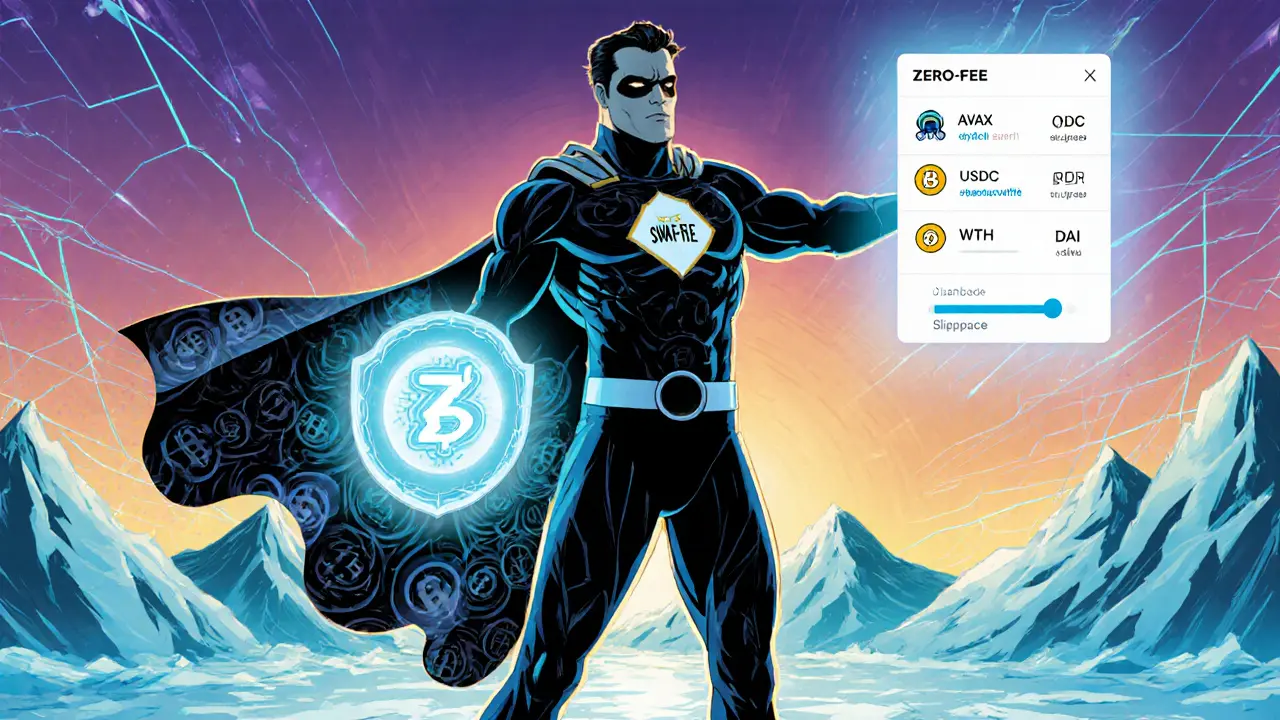When hunting for a zero-fee crypto exchange, a platform that lets you trade digital assets without charging transaction fees. Also known as fee‑free exchange, it aims to lower the cost barrier for everyday traders while still offering the core services of a typical crypto marketplace.
Understanding a crypto exchange fee structure, the way an exchange charges (or doesn’t charge) for deposits, withdrawals, and trades is key because it directly impacts your net returns. Zero‑fee platforms often offset costs through spreads, token listings, or premium services. Knowing how these hidden costs work helps you compare truly free trading options against platforms that slap on hidden fees later.
Any exchange security, the set of measures protecting user funds and data from hacks or fraud becomes even more critical when fees aren’t a revenue buffer. Zero‑fee exchanges typically rely on strong custody solutions, multi‑sig wallets, and regular audits to keep trust high. If an exchange can’t guard assets effectively, the “free” feature quickly becomes a false promise.
Regulatory oversight plays a big role here. A solid exchange licensing, official approval from financial authorities that an exchange meets compliance and capital requirements often forces platforms to adopt stricter security standards. Even fee‑free services benefit from licensing because it signals that the operator can sustain operations without relying on hidden fees.
Decentralized exchanges (DEXs) add another layer to the picture. A decentralized exchange, a peer‑to‑peer trading platform that runs on smart contracts instead of a central order book can naturally support zero‑fee models since they don’t charge a middleman. However, users must manage their own private keys and beware of smart‑contract bugs. The trade‑off is lower fees for higher personal responsibility.
Putting these pieces together, we see a clear semantic map: zero‑fee crypto exchange encompasses a fee‑free model, requires robust security, is shaped by licensing rules, and often leverages DEX technology to stay truly cost‑free. Each of these entities influences the others – for example, licensing can dictate the level of security an exchange must provide, and security standards affect whether a platform can afford to waive fees.
Below you’ll find in‑depth reviews, licensing guides, security checklists, and practical tips that walk you through the most popular zero‑fee platforms, the hidden costs to watch for, and how to stay safe while trading without paying a cent per swap. Dive in to see which fee‑free exchange fits your style and to get actionable steps before you place your first trade.

A 2025 review of Swapsicle, the Avalanche-based zero‑fee DEX, covering fees, liquidity, security, user experience, and how it stacks up against TraderJoe and Pangolin.